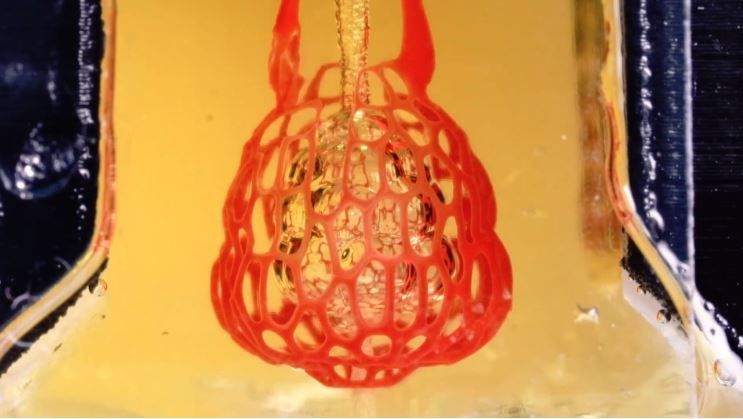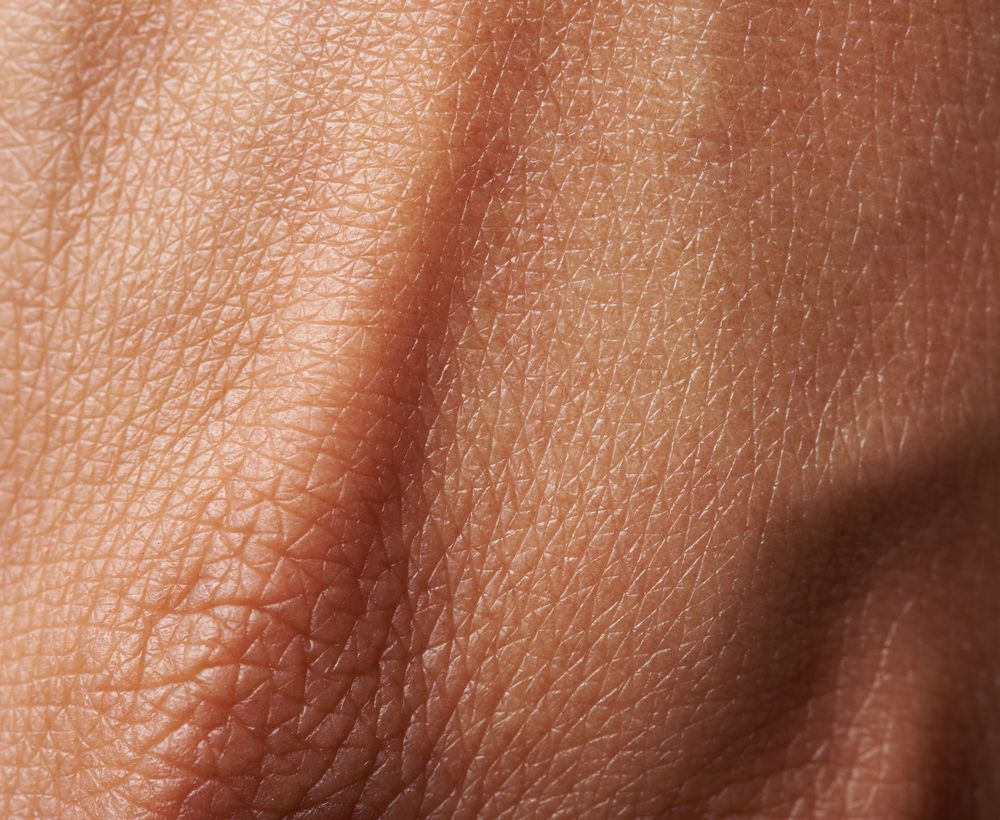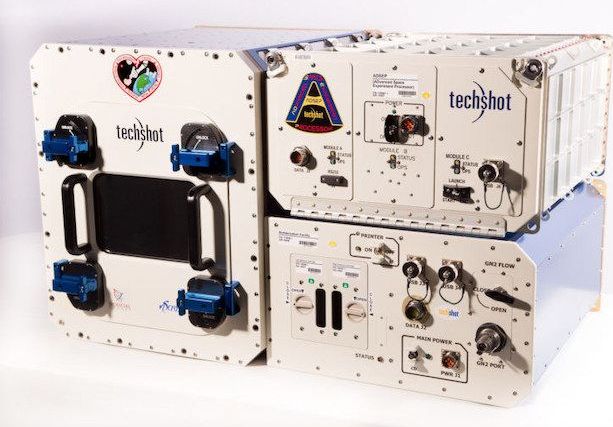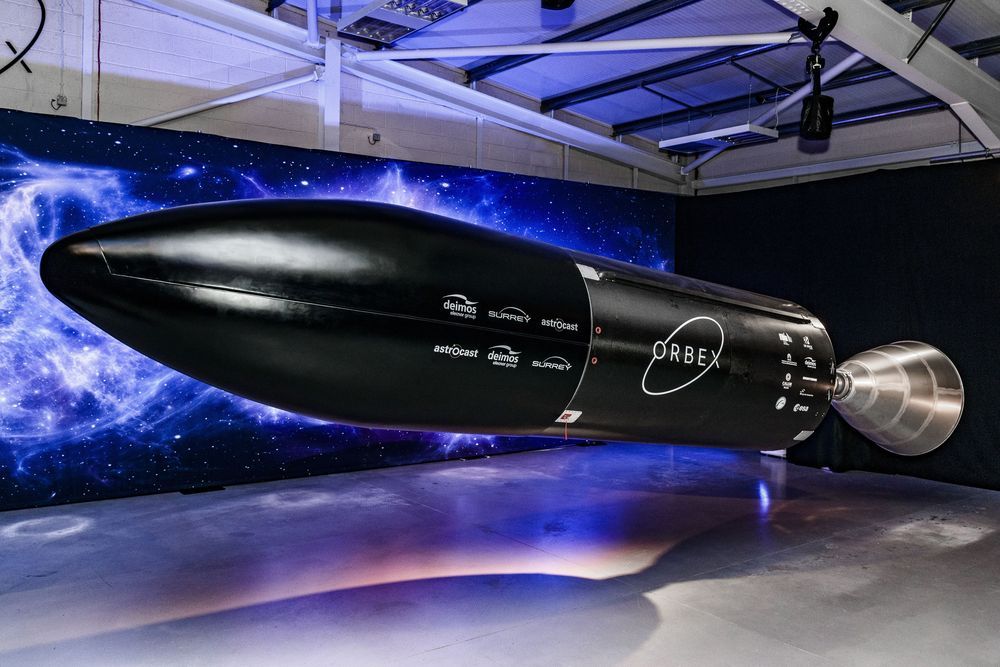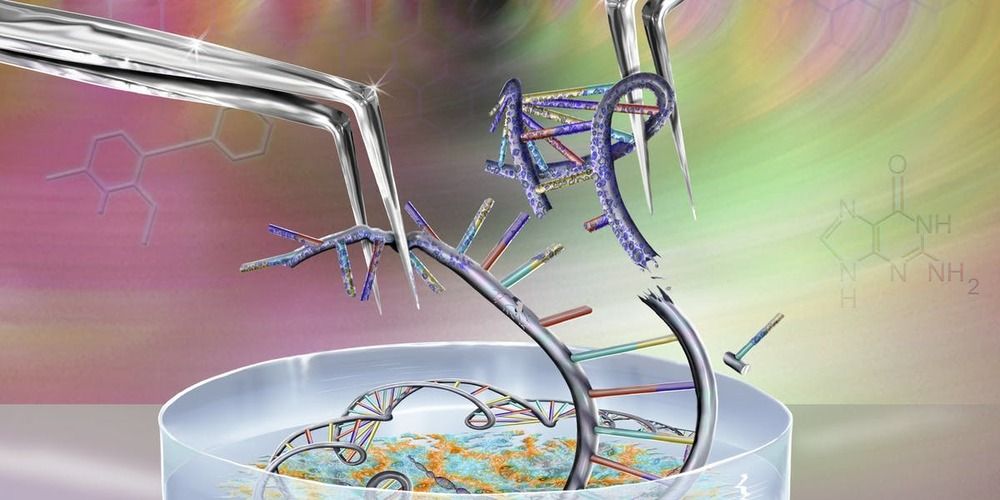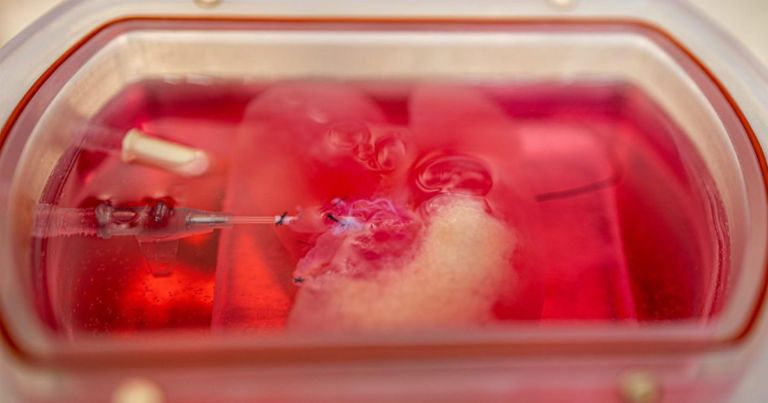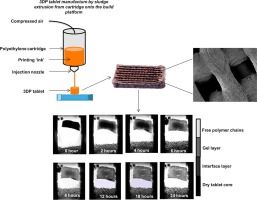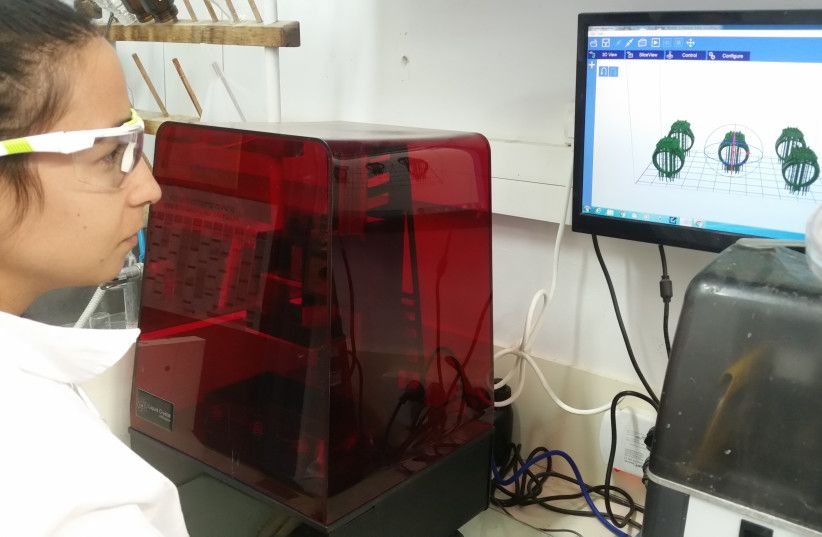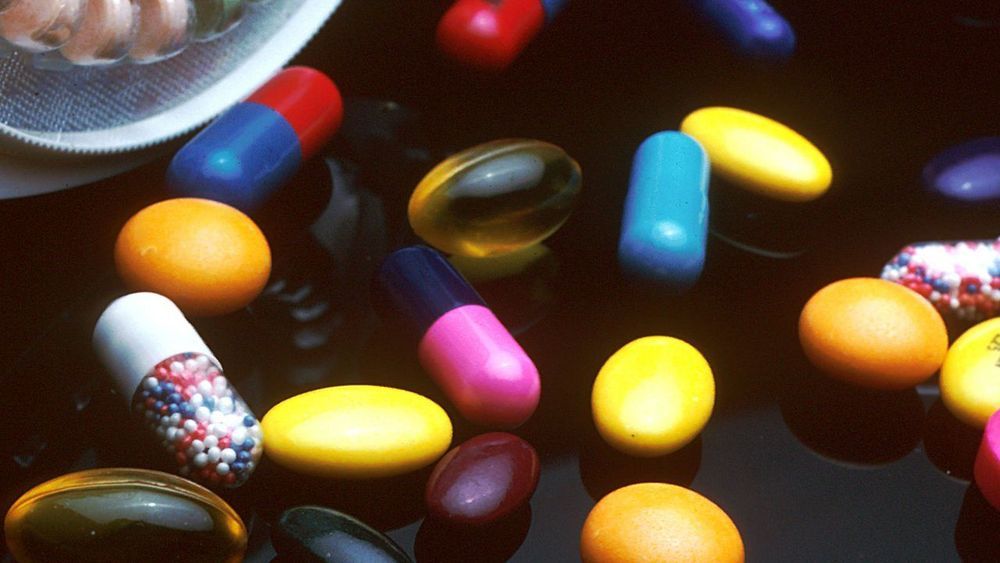Jan 20, 2020
3D Bioprinted Organ Just Took Its First “Breath”
Posted by Brent Ellman in categories: 3D printing, bioprinting, biotech/medical
3D bio-printed Lung tissue.
Rice University researcher’s bioprinting method could be scaled up to one day construct an entire organ and allow organs to be made using some of a patient’s own cells to prevent organ rejection. Researcher’s long term goals are to bioprint fully functioning organs. Synthetic organs can extend the waiting period of an average 3.6 years for a real organ.
Continue reading “3D Bioprinted Organ Just Took Its First ‘Breath’” »
